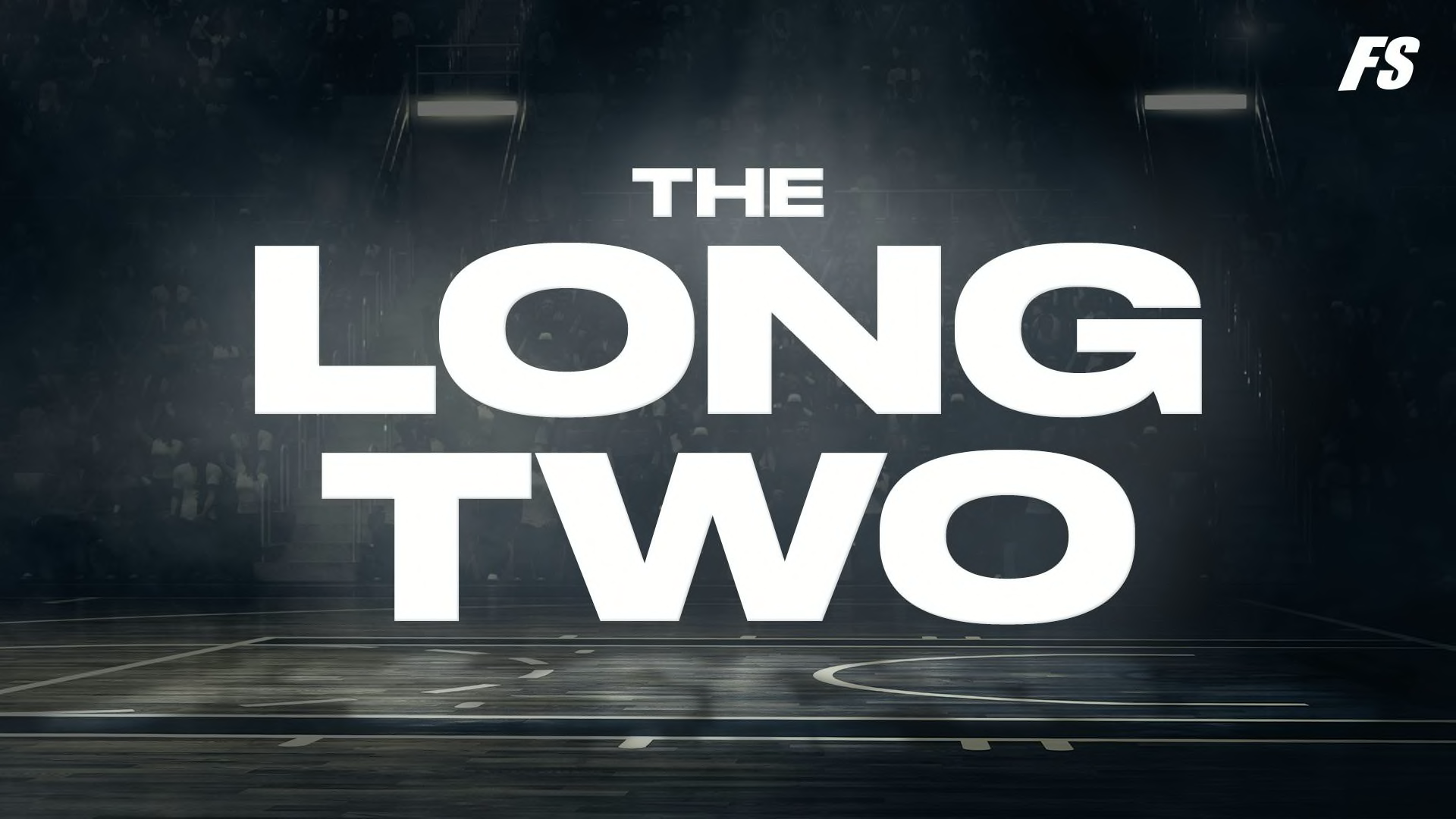The Cavaliers’ young frontcourt trio might pan out, but is it worth the investment the team made to bring them Lauri Markkanen, Jarrett Allen and Evan Mobley together?
It’s difficult to grasp the rationale behind the Cavaliers giving Lauri Markkanen $67 million over the next four years, even before accounting for their other moves this offseason. With additional context, the decision seems downright misguided. Just days after taking big man Evan Mobley third overall in the draft, Cleveland re-signed center Jarrett Allen to a five-year, $100 million contract — a deal that seemed exorbitant at the time and makes even less sense now that a clearer picture of the Cavs’ roster has taken shape.
On Saturday, the Cavs acquired Markkanen from the Bulls in a sign-and-trade that also sent Larry Nance Jr. to Portland and Derrick Jones Jr. and a pair of draft picks to Chicago. A partially-guaranteed fourth year makes the contract slightly more palatable for Cleveland, but it’s nonetheless perplexing given how much the Cavs have already invested in their frontcourt.

How does Lauri Markkanen fit with the rest of the Cavs roster?
Cleveland drafted a potential franchise cornerstone in Mobley, then made a massive commitment to Allen, which already raised questions over how the team’s frontcourt of the future would take shape. Adding a backup-quality power forward at starter money who neither protects the rim well enough to play center nor has the defensive agility to play real minutes on the wing only complicates that future.
The issue here isn’t so much the fit between Allen, Mobley and Markkanen, but the cost of bringing them together. Their skills aren’t completely redundant, but they don’t quite complement one another either, which could make it difficult for the trio to share the floor. Positional overlap isn’t an inherently bad thing, but the Cavs threw significant resources at a position where overlap isn’t often conducive to optimization. An NBA team could theoretically play five wings at once without anyone encroaching upon another’s space, but playing multiple big men together typically presents more challenges due to a lower collective skill level. A frontcourt rotation of Markkanen, Mobley and Allen isn’t untenable — it may even be effective — but it’s hard to see how that arrangement maximizes all three players in the long term or how the Cavaliers pivot elsewhere if it doesn’t work.
There’s a chance Markkanen rounds into a more complete offensive player in the coming years, but he hasn’t established himself as much more than a capable stretch-4 through his first four NBA seasons. The Cavaliers paid him like the player they hope he’ll become rather than the player he currently is or projects to be. And while it’s true that not all of a developing team’s young players are likely to make it through the rebuilding process, Cleveland has all but ensured that Markkanen, Mobley and Allen will be around for the long haul by investing so much in them. These aren’t low-risk bets; they’re real commitments that will be very difficult to undo if they don’t pan out.
For now, the Cavaliers will tinker with different ways to deploy the three together and in pairs. In theory, each two-man combination could at least tread water on both ends of the floor, though Mobley will surely take time to develop his shooting, passing and defense. Even a frontcourt featuring all three young players could be tenable on both sides of the ball, but it may never be worth the price the Cavs paid for it.
How much does Larry Nance Jr. move the needle for Portland?
While Markkanen may receive more buzz (and an earlier section in this column) the most consequential part of Saturday’s deal involves Larry Nance Jr. going to Portland, where he should slot seamlessly into the rotation. This isn’t exactly the kind of all-in move that will push the Blazers into title contention or definitively convince Damian Lillard to stick around, but it can help stabilize what has been one of the shakiest benches in the NBA for the last half-decade. Nance is a rock-solid all-around defender who can passably guard wings and protect the rim — a rare combination even in a league full of increasingly versatile players — and his flexibility on both ends of the floor should give Chauncey Billups more options off the bench than Terry Stotts had last season.
Neither Nance nor Cody Zeller, whom the Blazers signed earlier this offseason, needs to be more than passable to improve upon what Carmelo Anthony and Enes Kanter gave the Blazers on defense last season, but Nance offers more than just basic competence. He’s not a game-breaking defensive destroyer, but he is an active, disruptive player with the instincts to identify threats and the athleticism to snuff them out. Offensively, he doesn’t space the floor quite as well as Anthony did, but he exercises far better judgment and won’t regularly commandeer possessions to hoist contested 16-footers. Nance isn’t an extraordinary passer, but he makes sound decisions that keep possessions flowing and should give Lillard and McCollum a dynamic pick-and-roll partner who can both finish above the rim and make connective plays when Portland’s guards attract two defenders.
It’s likely that Nance comes off the bench for most of next season, but that shouldn’t preclude him from finding his way into myriad lineup combinations — including closing units on certain nights. There may not be any particular area of the game in which he’s elite, but on a team with a dynamic scoring backcourt already in place, it’s the breadth of Nance’s abilities that could make him indispensable.